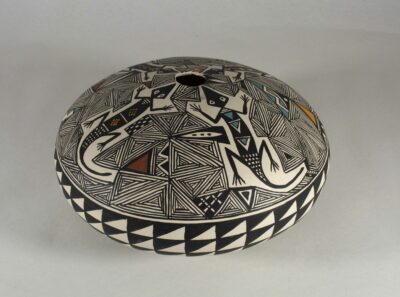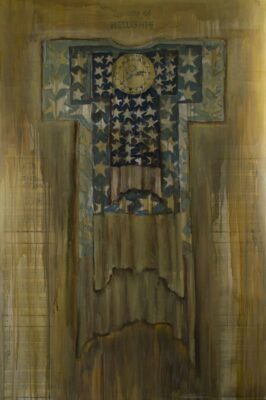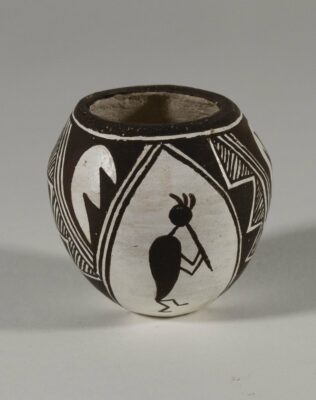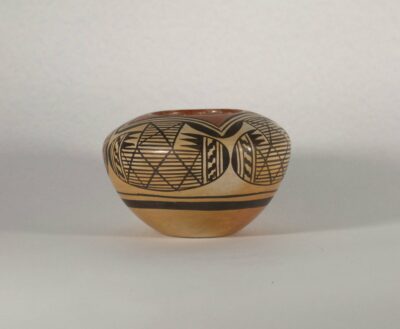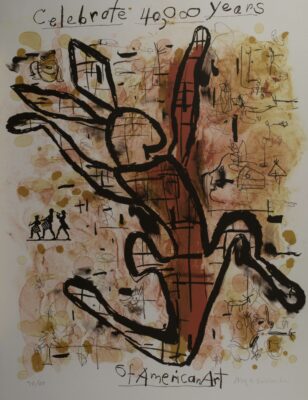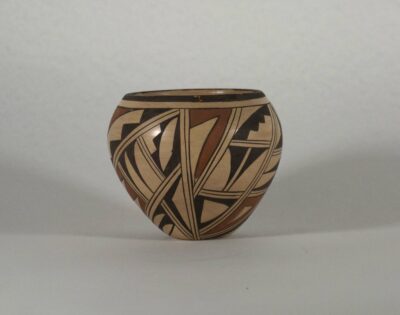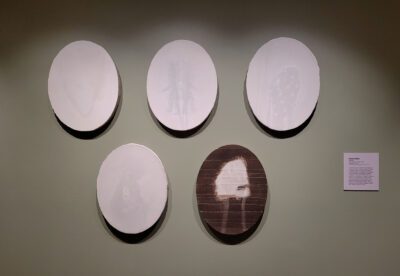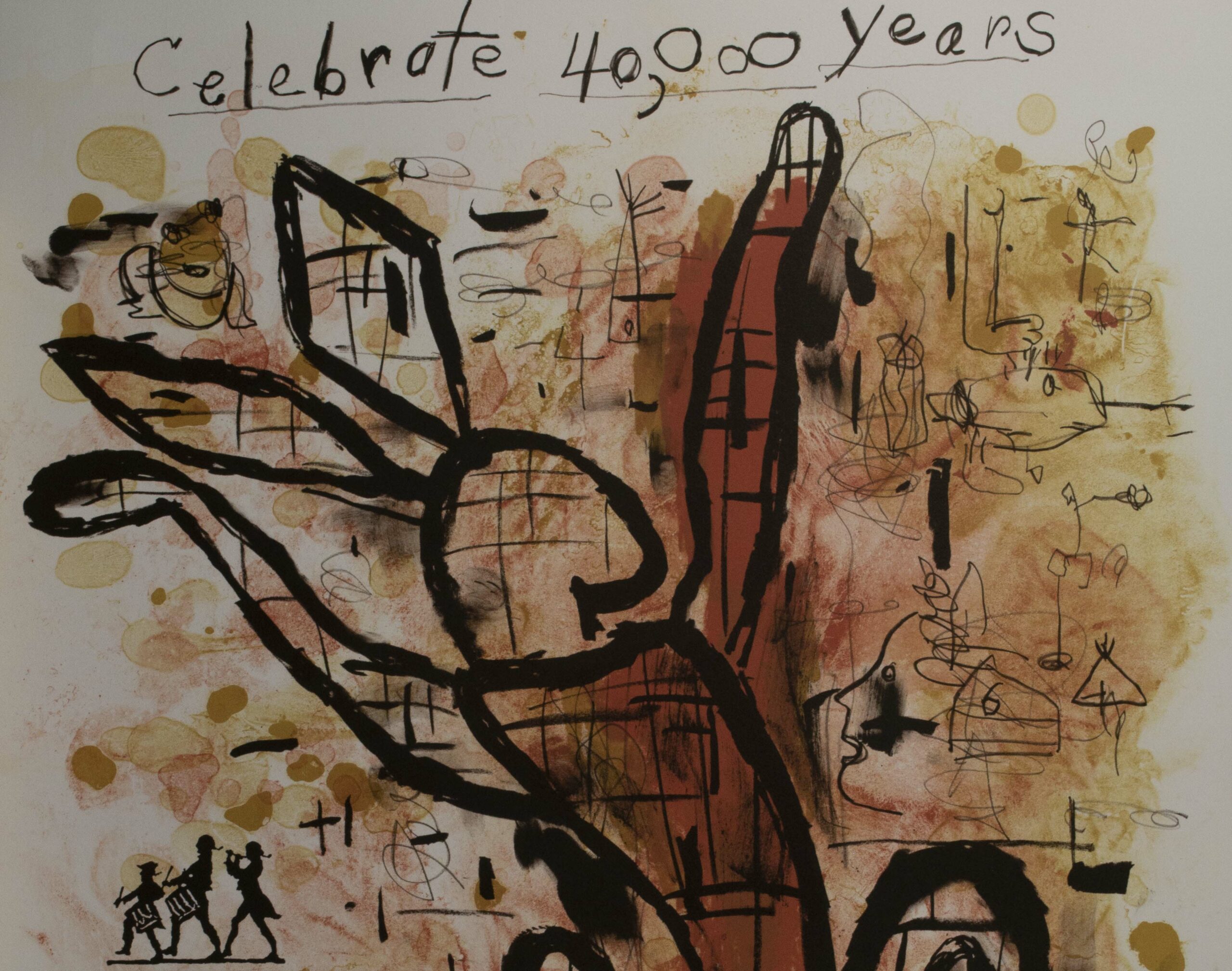
From the Collection
Indigenous Voices in Contemporary Art
Today, there has been a renewed urgency behind Native Rights: to be recognized for their important place in history, the injustices they face, and salvation of Indigenous Peoples languages, traditions, and culture. Indigenous Voices in Contemporary Art highlights a selection of works from the Danforth’s permanent collection to pay honor to Indigenous artists who have worked to keep traditions, culture, and ritual alive while bringing attention to the ongoing struggles they still face.
This exhibition is in part due to the National Endowment of the Arts Big Read program and Framingham State University. Throughout the months of October and November, virtual and in-person programming with the Henry Whittemore Library at Framingham State, the Smithsonian’s National Museum of the American Indian, and the Danforth Art Museum and Art School.
NEA Big Read is a program of the National Endowment for the Arts in partnership with Arts Midwest.

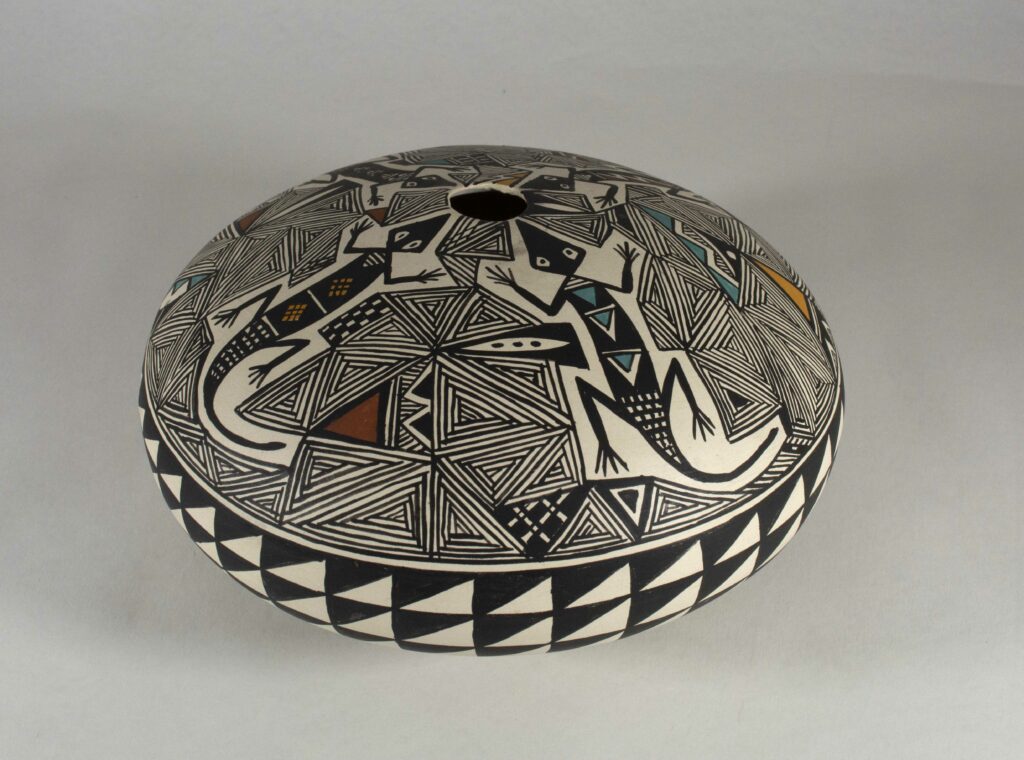
Seed Pot , 1994, Painted Fired Clay
Gift of Elaine S. Marks
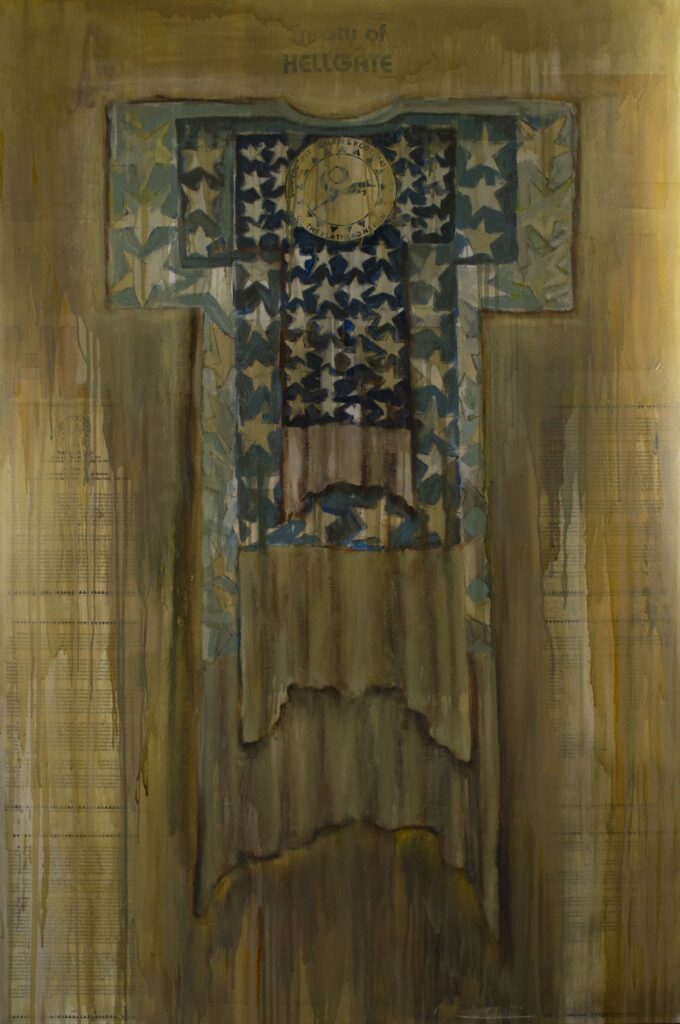
Sovereign Nations , 2002, Mixed media, oil on canvas
Museum Purchase, 2004.1
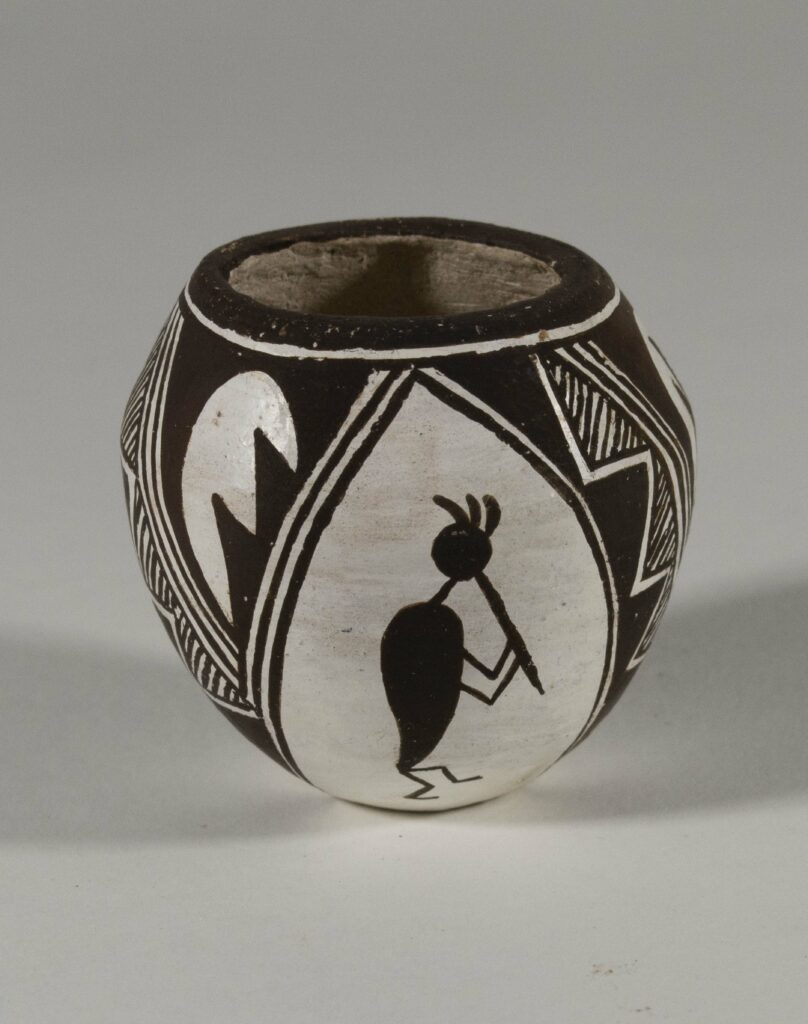
Small Bowl , 1974, Paint on Clay
Gift of Michael Clow and Lucy Rozier

Bowl , 1974, Paint on Clay
Gift of Michael Clow and Lucy Rozier
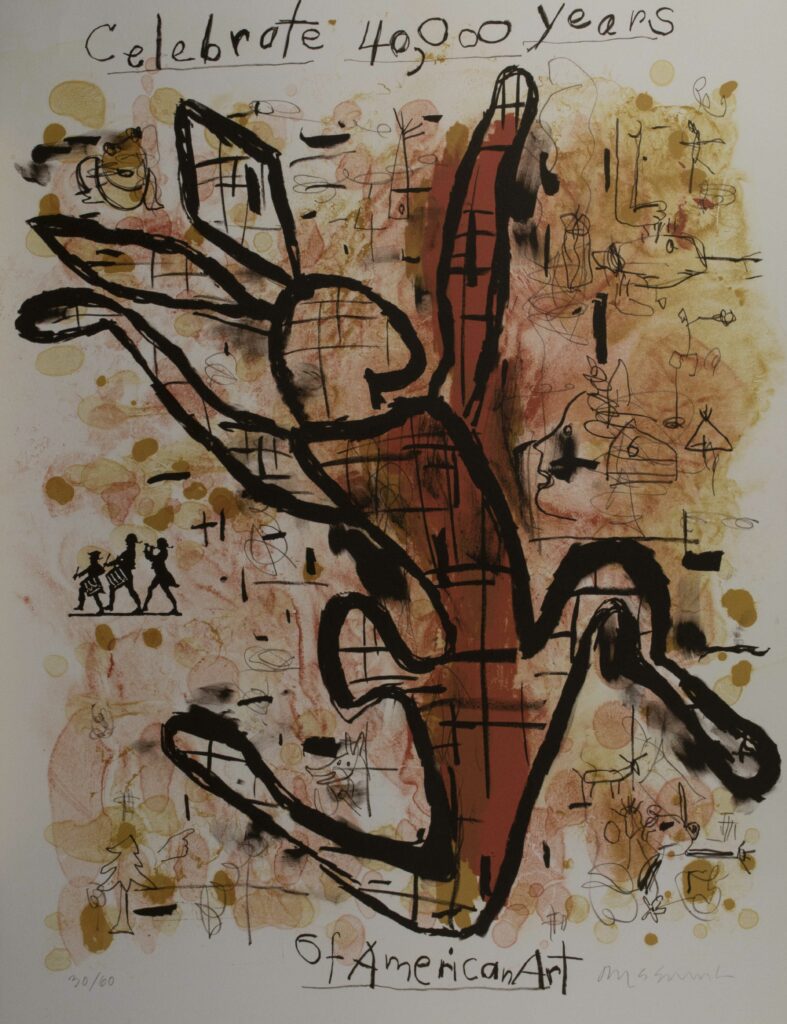
40,000 Years , c. 1995, Colored lithograph on paper
Museum Purchase, 2004.2
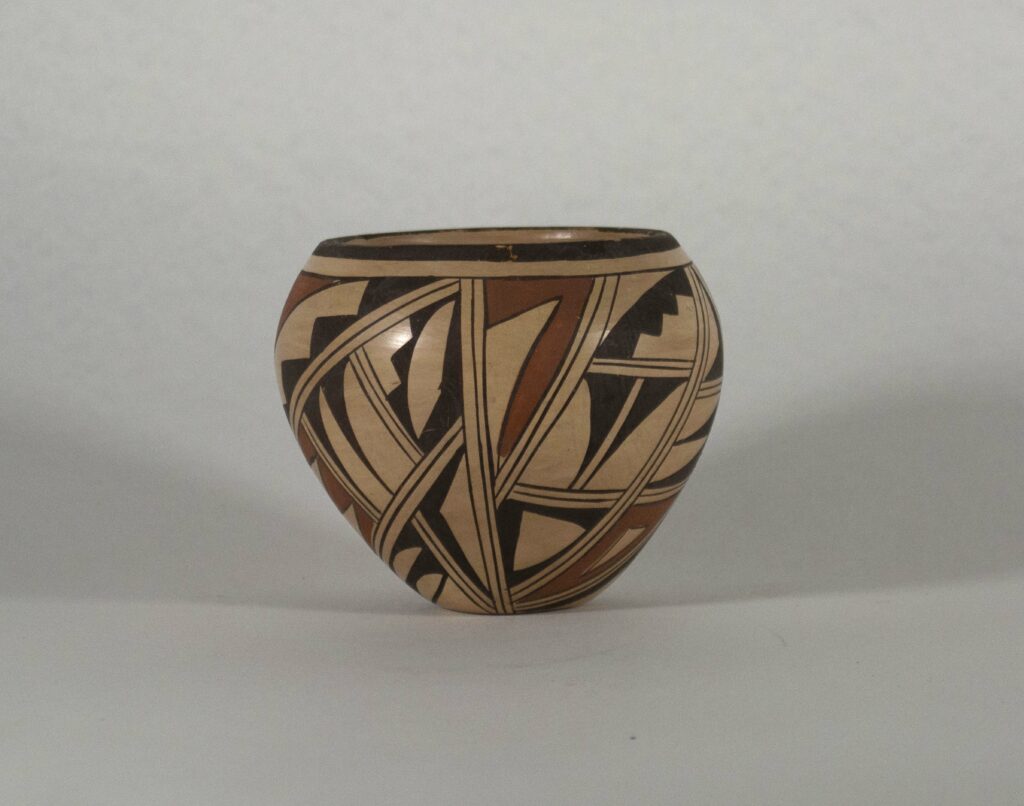
Hopi Tewa Bowl , n.d., Paint on Clay
Gift of Jan Rosenberg
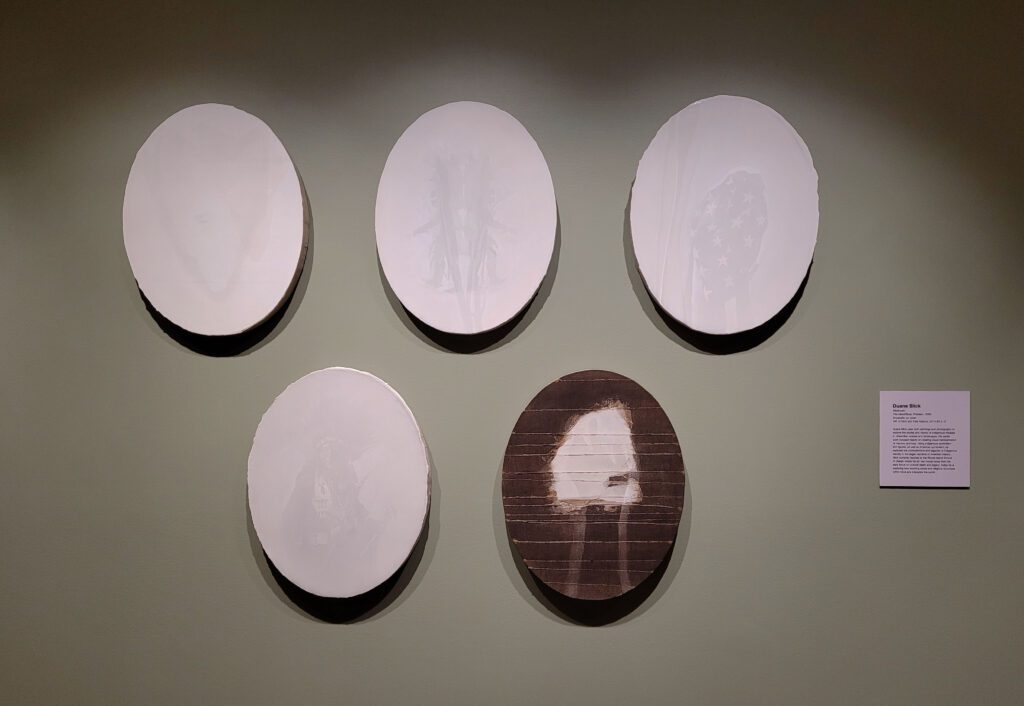
The Mind/Body Problem , 2003, Encaustic on Canvas
Gift of Nick and Dee Adams, 2014.84.1-.5

